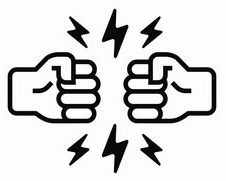Is a language disorder a speech disorder?
Is a language disorder a speech disorder?
Speech disorders are different from language disorders in children. Language disorders refer to someone having difficulty with: Getting their meaning or message across to others (expressive language) Understanding the message coming from others (receptive language)
What are the different types of causes of speech and language disorders?
Some causes of speech and language disorders include hearing loss, neurological disorders, brain injury, intellectual disabilities, drug abuse, physical impairments such as cleft lip or palate, and vocal abuse or misuse.
How do you teach students with speech and language disorders?
Speech
- Develop a procedure for the student to ask for help.
- Speak directly to the student.
- Be a good speech model.
- Have easy and good interactive communication in classroom.
- Consult a speech language pathologist concerning your assignments and activities.Be aware that students may require another form of communication.
What are examples of speech disorders?
10 Common Types of Speech Disorders
- Childhood Apraxia of Speech.
- Orofacial Myofunctional Disorders.
- Speech Sound Disorders/Articulation Disorders.
- Stuttering and Other Fluency Disorders.
- Receptive Disorders.
- Autism-Related Speech Disorders.
- Resonance Disorders.
- Selective Mutism.
How do speech disorders affect learning?
Children with communication disorders frequently perform at a poor or insufficient academic level, struggle with reading, have difficulty understanding and expressing language, misunderstand social cues, avoid attending school, show poor judgement, and have difficulty with tests.
Can a child overcome a language disorder?
Language disorders are serious learning disabilities, but they are highly treatable — especially if you start early. Read on for different approaches to tackling language disorders with speech therapy — at school, at home, and in the workplace.
